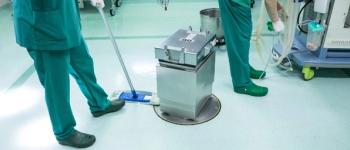
Infection preventionists and the equipment and cleansers they use gained a spotlight during the COVID-19 pandemic. These include both established and innovative materials.

Infection preventionists and the equipment and cleansers they use gained a spotlight during the COVID-19 pandemic. These include both established and innovative materials.

Take 5 minutes to catch up on Infection Control Today’s highlights for the week ending May 27.

New study describes the case report and gives guidelines on how to prevent infection in the home.

Take 5 minutes to catch up on Infection Control Today’s highlights for the week ending May 13.

Take 5 minutes to catch up on Infection Control Today’s highlights for the week ending May 6.
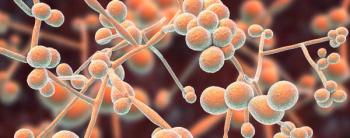
Candida auris environmental contamination is unlikely to be adequately controlled because re-contamination occurs within hours after disinfection.
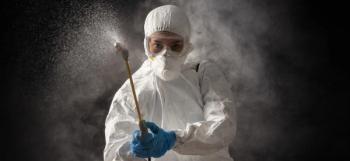
Time, staff, and budget constraints make it difficult to expand HAI mitigation programs despite the obvious and urgent need to do so.
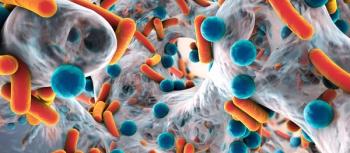
The surface material and product damage caused by new advances in disinfection technology must be addressed for patient safety.

Take 5 minutes to catch up on Infection Control Today’s highlights for the week ending April 29.

Previously, reduction of other organisms, like VRE, C difficile, and MRSA had been demonstrated by this combination.
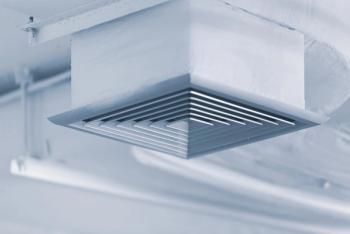
Live attenuated influenza vaccine particles were released into a closed room to measure how many particles would get through the HVAC system.

Susan �“Suzy” Scott, MSN, RN, WOC Nurse, also speaks to Infection Control Today® about incident tracking and electronic medical records.

Take 5 minutes to catch up on Infection Control Today’s highlights for the week ending April 8.
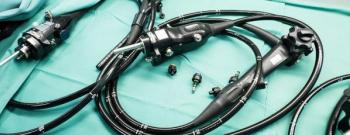
From 2014 to 2021, continued FDA reports have shown multidrug-resistant bacteria contaminating 6 types of endoscopes have had fatal consequences.

The letter comes after a year of reprocessing validation testing and a voluntary medical device recall.

The contamination was found during another study that involved culturing surfaces before and after routine daily cleaning/disinfection.

Take 5 minutes to catch up on Infection Control Today’s highlights for the week ending April 1.
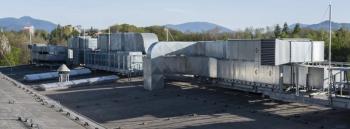
Rethinking the application of air disinfection in the era of COVID-19.
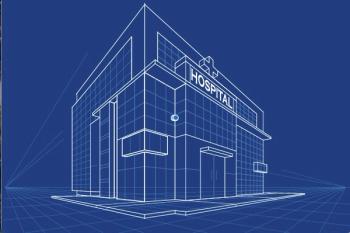
IPs can provide valuable input on construction projects, water safety, and ventilation.

Take 5 minutes to catch up on Infection Control Today’s highlights for the week ending March 25.
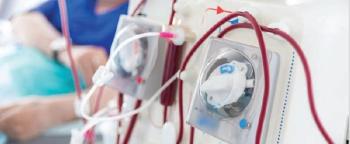
The hemodialysis setting presents a challenge for environmental cleaning and disinfection because of the demand for rapid turnover of stations.
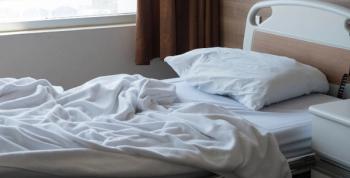
The system gives infection preventionists another tool to combat the pathogen despite implementation challenges.

Summary: Take 5 minutes to catch up on Infection Control Today’s highlights for the week ending March 18.

Ratings, ownership, and prior infection control citations of facilities were not consistent outcome indicators.
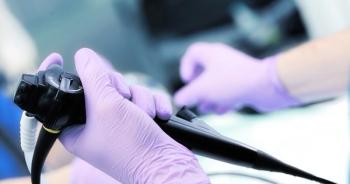
ANSI/AAMI’s update on endoscope processing is backed by rigorous scientific evidence.